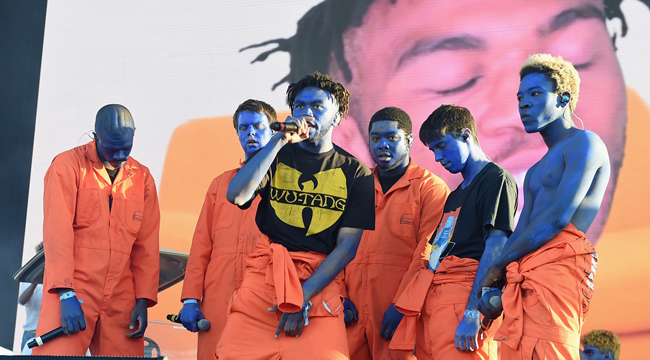
If you’ve ever felt a twinge of option paralysis when deciding on something to listen to in your streaming service of choice, you’re not alone.
The Wall Street Journal reported earlier this week that according to data from user-generated record collector site Discogs the amount of music released globally since the 1960s has increased by roughly seven times.
Figures from Nielsen support the findings from Discogs. Last year saw 150,000 albums sell at least one digital or physical copy, which is staggering considering the 36,000 that sold in 2000.
That trend continues this year as Neil Shah, the author of the Journal‘s report, observes that the number of hip-hop tracks uploaded to Soundcloud in January alone rose 30% from 2017.
Shah explains that part of the reason for this surge in releases has to do with the fact that streaming services have changed the way revenue is generated in the music business:
“Unlike CDs or downloads, which generate revenue once, streaming a song generates royalties every time it is played. That has major labels bidding on catalogs of music and reissuing old music as they battle for market share.”
This glut of new music means there’s more music available to listeners than ever before, but it also makes it that much more difficult for artists to make an impression.
As a result, we’re seeing individual artists release massive amounts of music in smaller timeframes. Shah cites artists like hip-hop outfit Brockhampton (who released three albums in 2017), psych rockers King Gizzard & the Lizard Wizard (who released five albums in 2017 alone), and brothers-in-bars Rae Sremmurd (who have a triple album coming next month), as examples of musicians hoping to benefit from the shifting revenue model. Even Drake’s “playlist” More Life or Migos’ 106-minute-long Culture II seem to share that similar purpose.
In fact, Shah suggests it’s hip-hop artists like Lil Wayne anticipated the market shift with their steady stream of singles and features, guaranteeing them a kind of market saturation.
The long-term effects of this shift on artists have yet to really be seen or understood, but in the meantime, this trend shows no signs of slowing.






